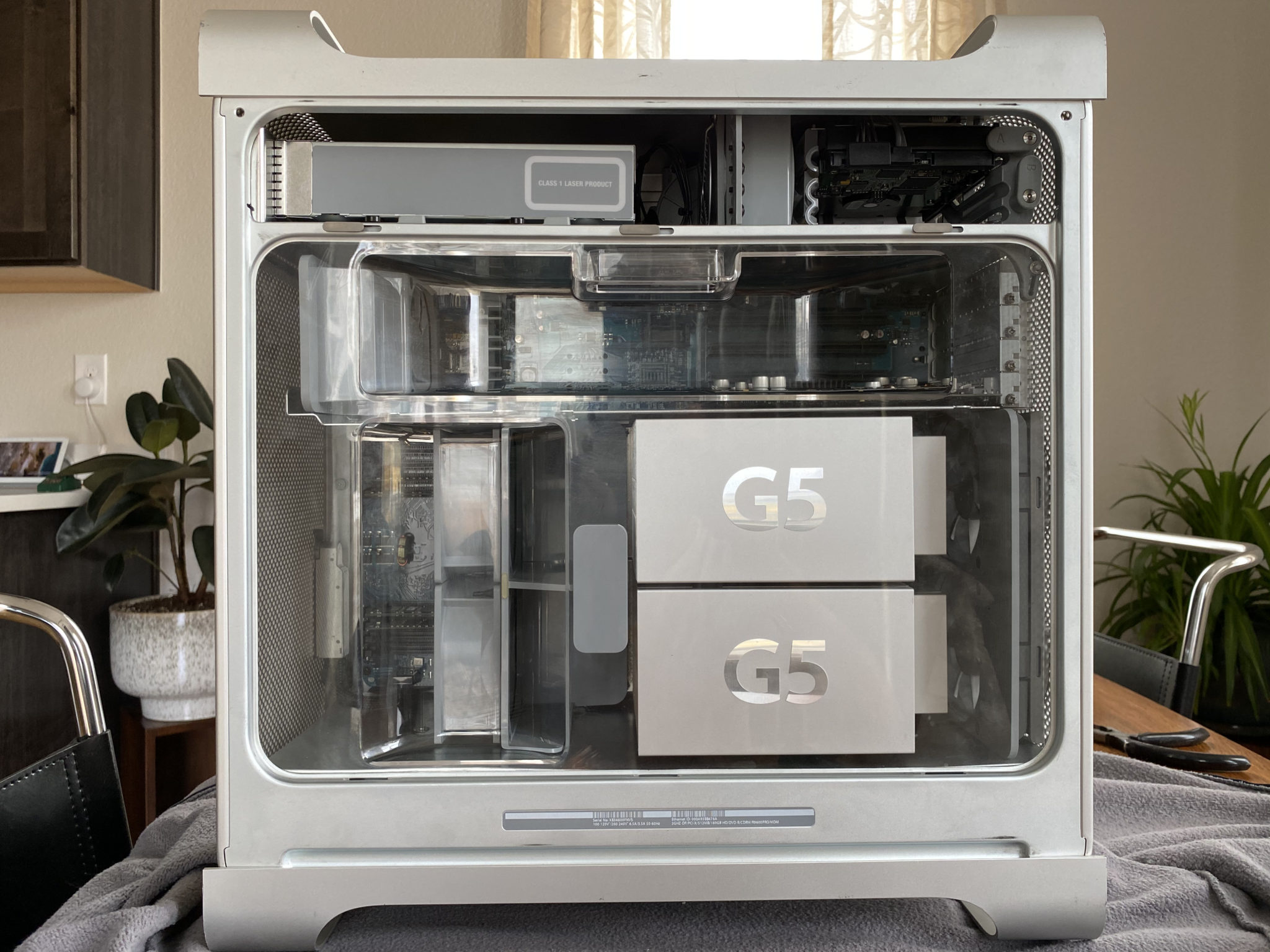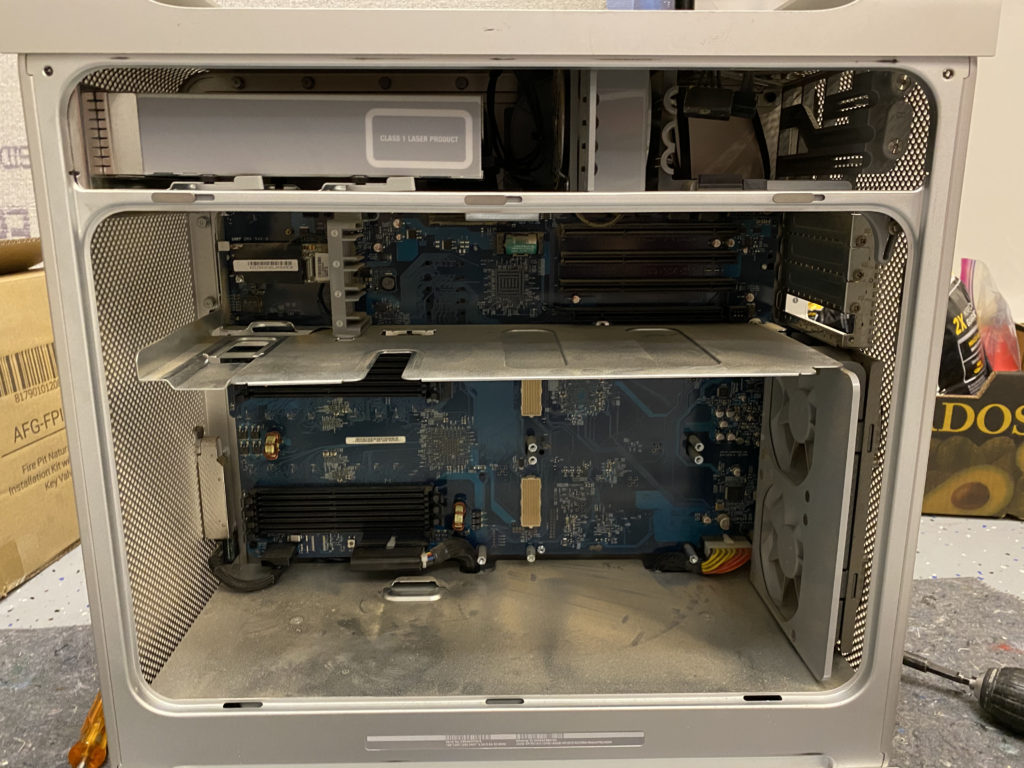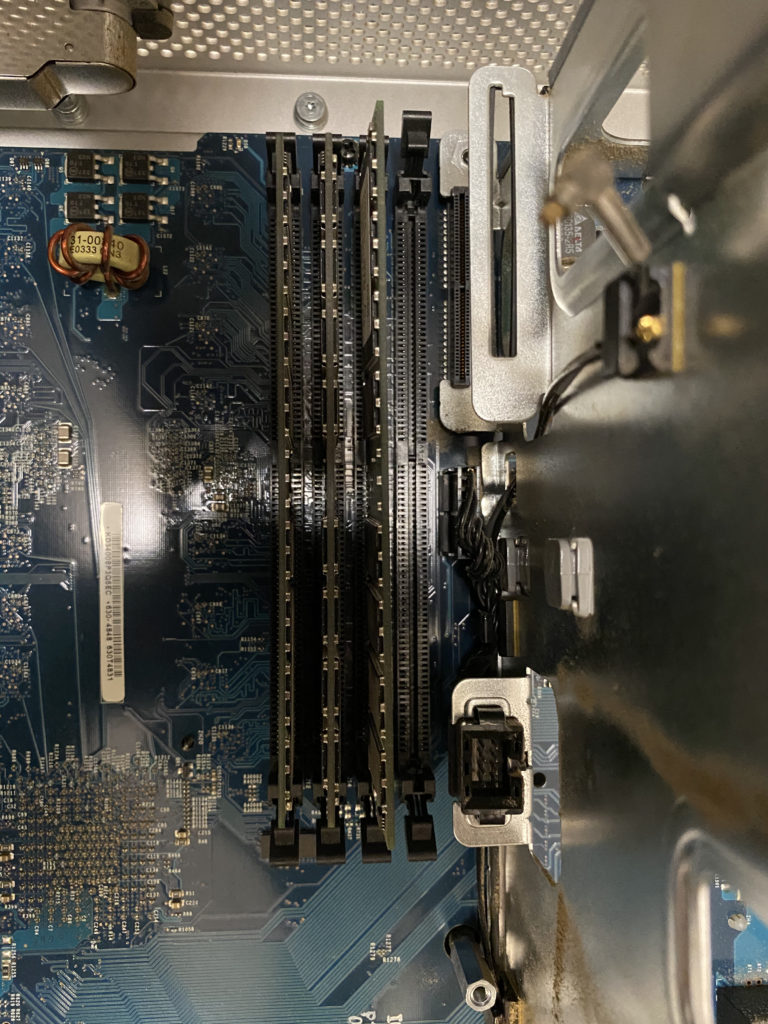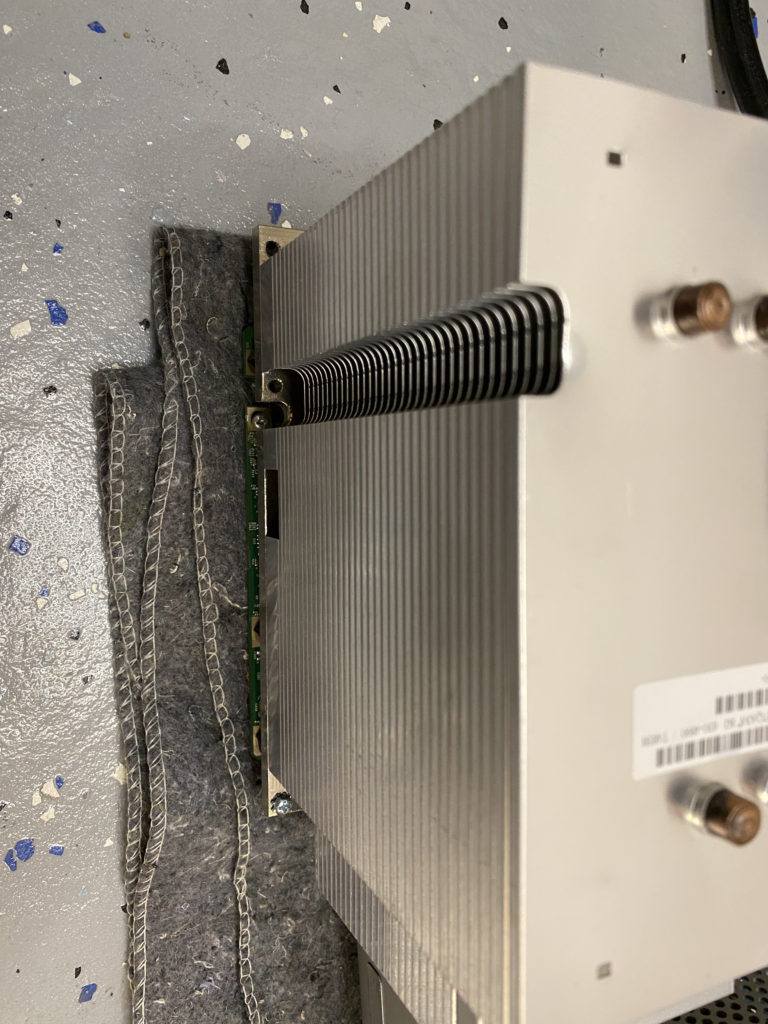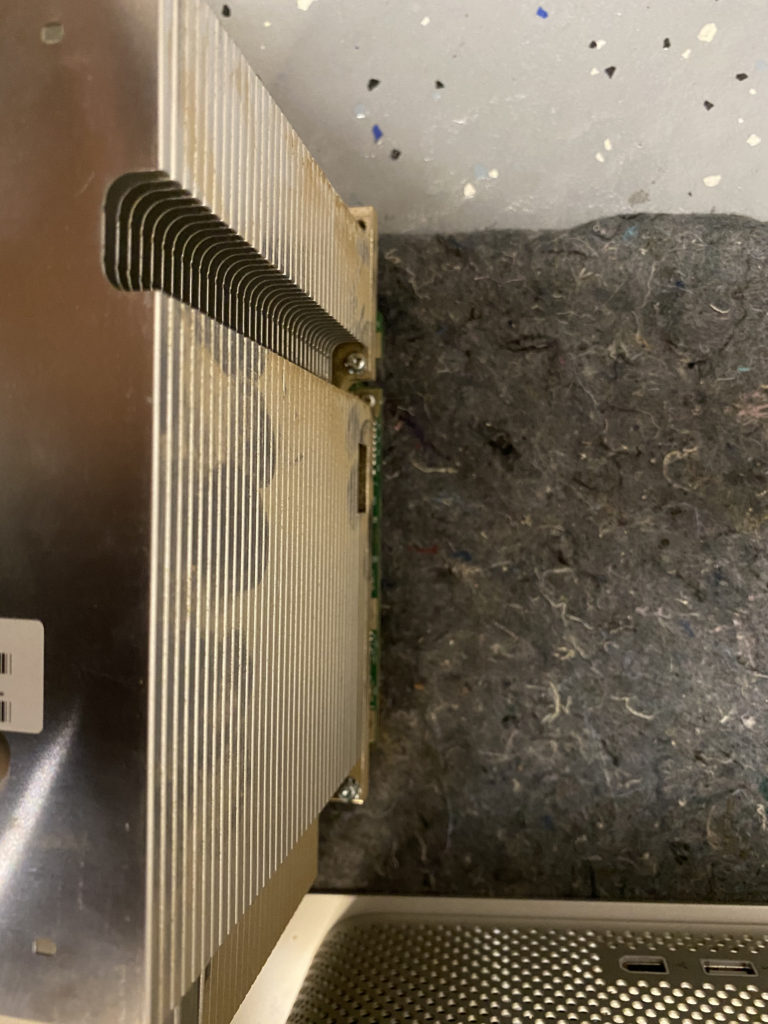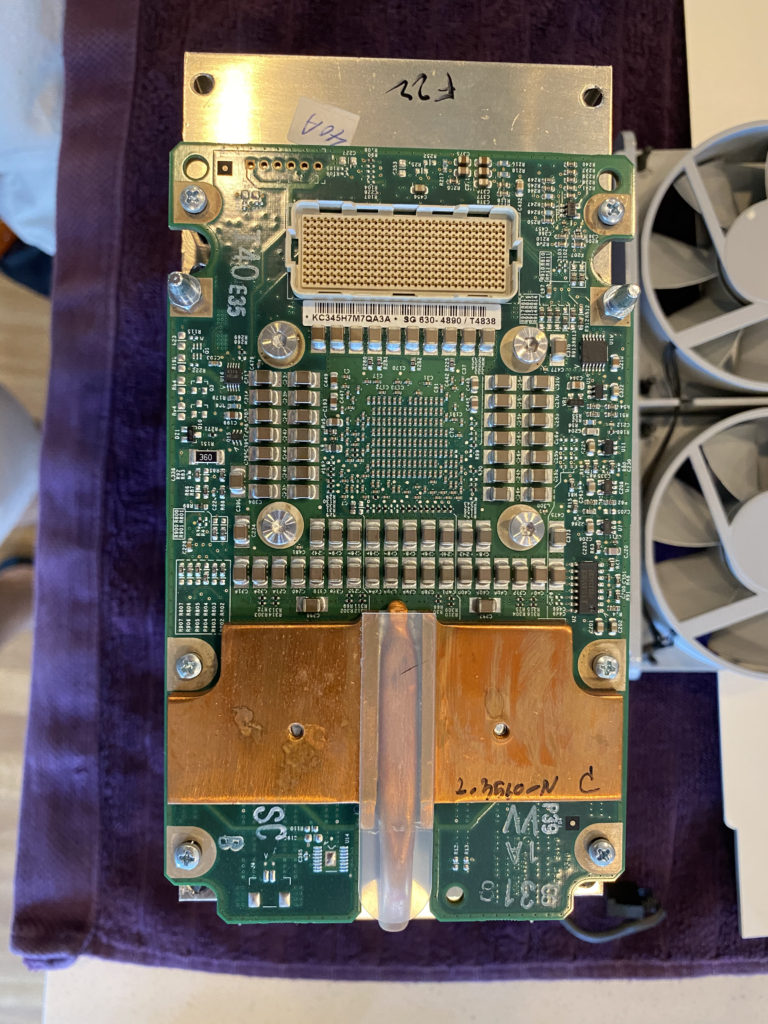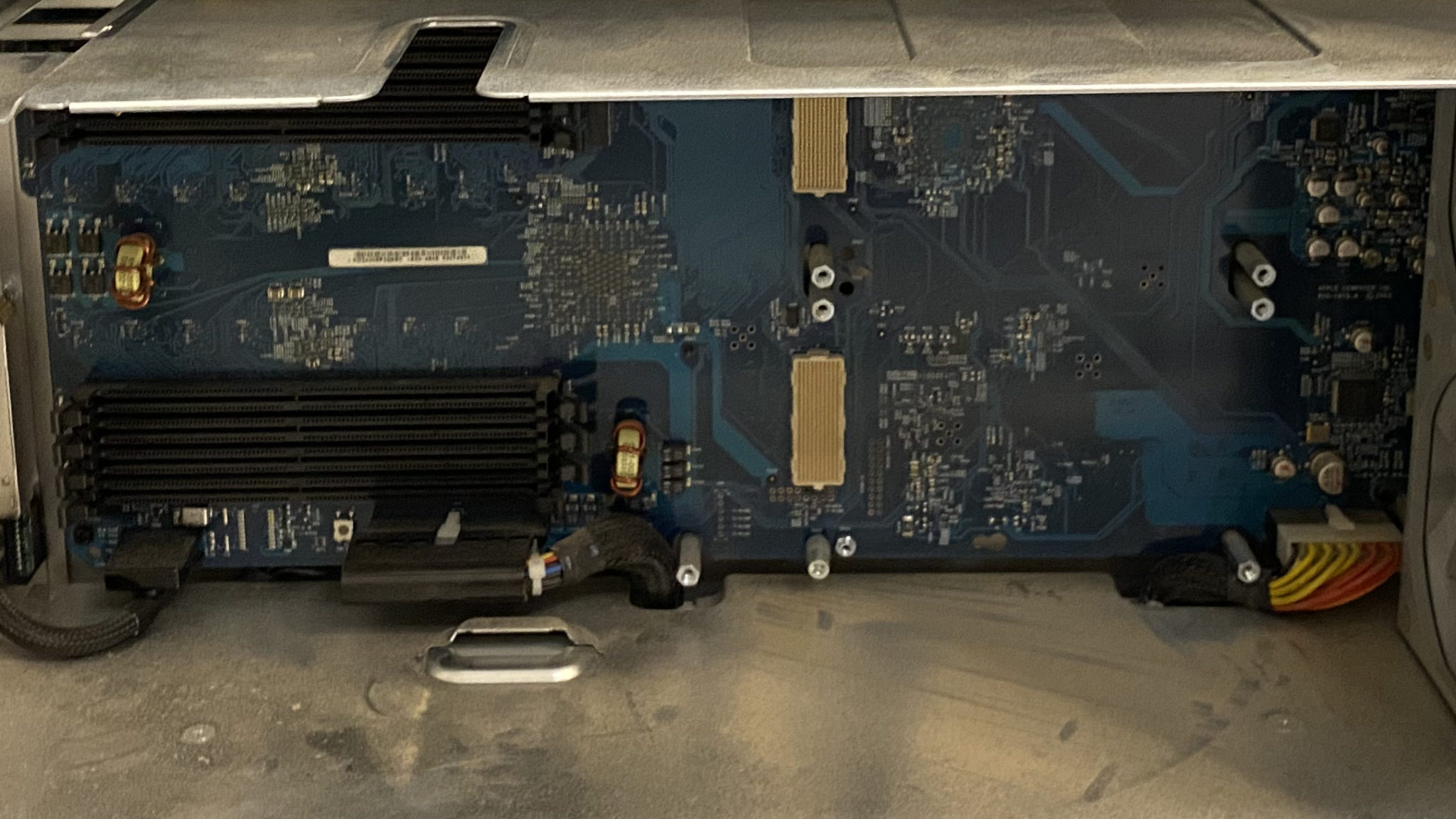Wherein Chris acquired a 20th Anniversary Mac and G4 Cube in one day
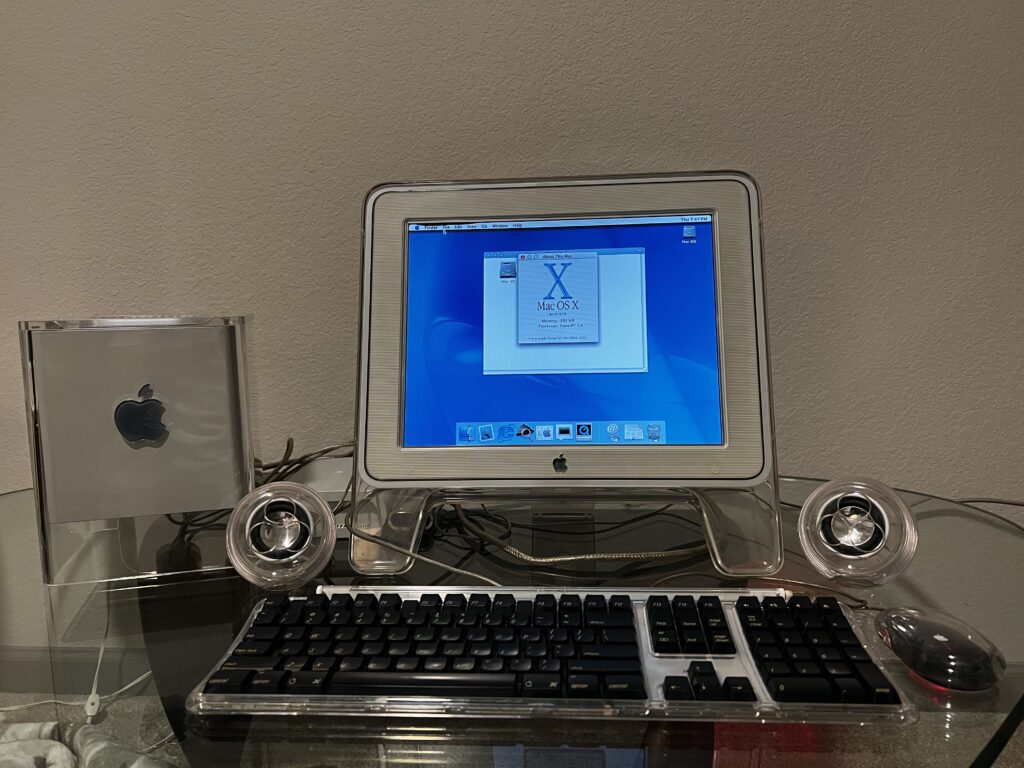
I won't go into too much detail around how I acquired these, but they were part of a collection and they were far below resale. These were acquired to be part of a more permanent home collection.
Power Mac G4 Cube Delivers G4 Performance in an Eight Inch Cube
Apple, 2000 https://www.apple.com/newsroom/2000/07/19Apple-Introduces-Revolutionary/
At the Macworld Expo in July 2000, Apple revealed what might be its most interesting computer form factor: the G4 Cube. Aimed at pro users and oozing with power (for its time), the G4 Cube required no cooling fan, allowed for quick-swapping of components via a lift-out design, and was a true design statement, preceding even the iconic 2001 iPod. Starting at $1,799 ($3,000 in 2022 dollars), the Cube was relatively expensive - but have pro users with deep pockets ever complained?
When I first laid eyes on the Cube in person, I was rushed back to my childhood days, and to memories of a G4 Cube on my father's workplace desk. Even as a child, it was a marvel, a curiosity, a "black box" of technology I'm still impressed with. I knew I had to have it. Luckily enough, the collector I was purchasing from had the foresight to complete the set; the Cube came with the beautiful black Pro keyboard and mouse, spherical speakers, and 16-inch CRT (!!) Studio Display. I was overjoyed when I got home and powered it on - another throwback to interfaces, colors, and applications (hello, Sherlock) I thought I had forgotten. Nostalgia plays a huge part in Mac collecting, and this was a prime example.
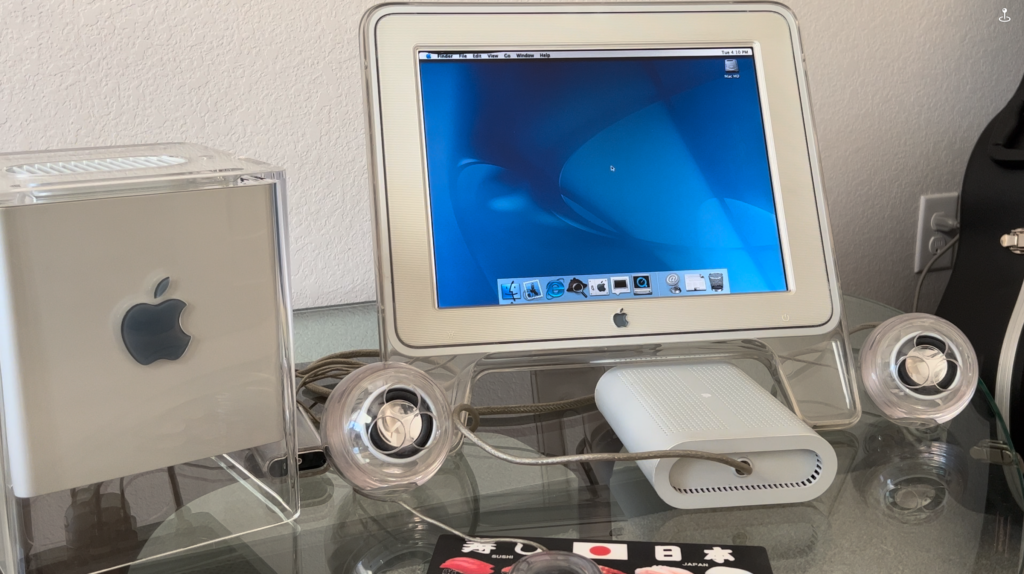
Powering up the G4 Cube was an experience all its own, too; the familiar Apple chime, a loading bar I hadn't seen in 15 years, and applications lost to history. Everything worked, which was nothing short of a miracle. Not much else to say here, really.
Now to the main event, one of the rarest and most sought-after Macs I've ever had the pleasure of seeing and owning: the Twentieth Anniversary Macintosh. Speaking of unique designs... Built to celebrate the twentieth anniversary of the Macintosh computer and starting at an eye-watering $9,999 (later $1,999), this special edition was made to be collected. I'd assume most were turned on, used, abused, and eventually lost to the ages, but there are a few out there, and I was ecstatic to have even seen (and owned) one.
Tucked away in a corner, the seller acting on behalf of the collector had no real idea what this computer meant, or how rare it was. To be fair, until I got home and did more research, I just thought it was unique. It was, and it still is. Unopened versions of this computer and its peripherals still go for close to $20,000 on eBay. Wild!
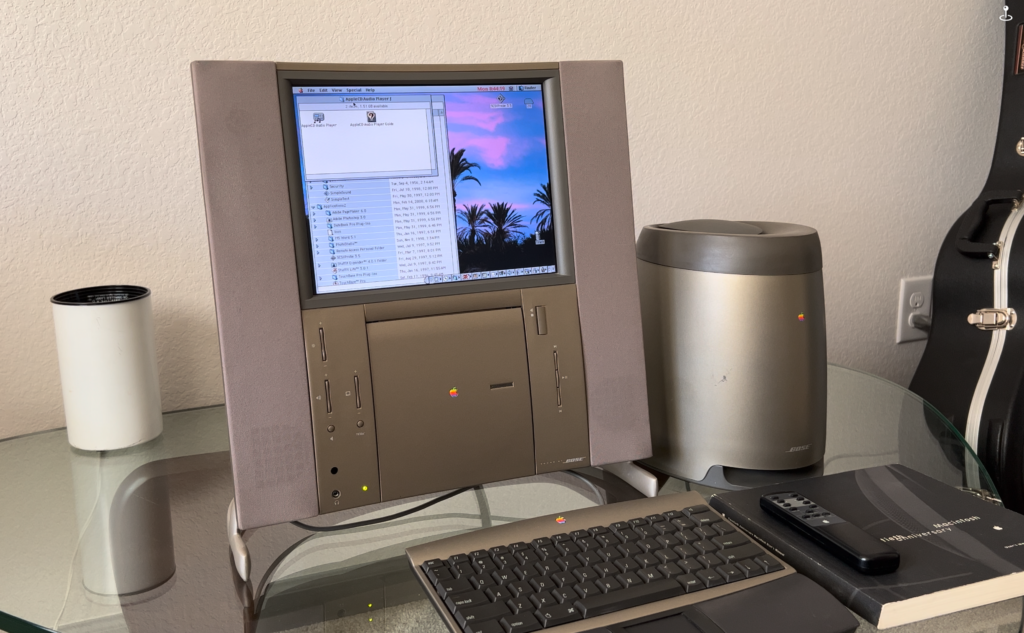
The 20AM's form factor was odd in and of itself, as was its keyboard/mouse setup and subwoofer (yep, that's what that monolith is). While this sparkling example now lives with another collector, it was another instance of "wow, how far we've come". The 20AM was also running Mac OS 9, like the Cube, and while I usually "start fresh" and wipe the hard drive of computers I collect first thing, I knew how special this was, and was not about to ruin a very clean time capsule. I left it alone, excited for the next owner to behold Mac OS 9 and a plethora of very poorly-aged Adobe design products.
I was lucky to find not just the computer and subwoofer, but the Apple remote, keyboard-mouse combo, and original manual for this Mac. A real score would've been to have found the original boxes too, which were a statement to say the least.

To think that Apple will not make a computer that looks this interesting ever again - even a special edition, at that - is a hard pill to swallow. The Cube and 20AM, alongside the color spectrum iMacs, were an era of design that was so appropriate for the time, and while it's difficult to say: unique designs like this are likely to remain few and far between.

If anything, we can appreciate and marvel at what Apple was able to do before bean-counters and mass-production were so prevalent - not to say that Apple's Trash Can Mac Pro, current Mac Pro, and Studio Display aren't striking.
Finally, let's take a quick walk down a different memory lane, where Apple made a foray into portable computers early on in the company's history. Enter the Macintosh Portable: with its own carrying case, removable battery, and clicky keyboard that would make even the PCMR perk up, this thing was, well, massive. Unwieldy. Heavy. Remember track balls?
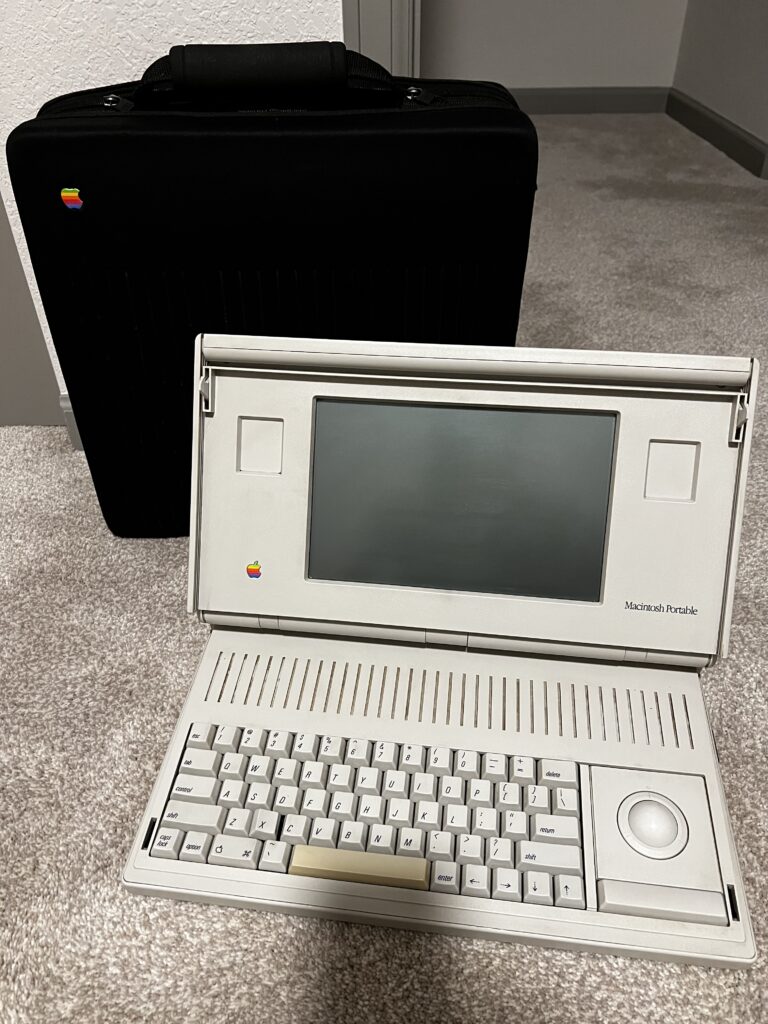
This was also a computer that came with the aforementioned Cube and 20AM (aka TAM). I could never manage to get it (or its massive 2GB hard drive) to boot properly due to a screen and/or battery issue, but before it was sent on its way, it was yet another cool nostalgia piece.
Unfortunately, you can't keep all the cool Macs, every time, unless you've got deep pockets, and this was one of those times when fiscal sense prevailed. I hope its new owner has a charger.

